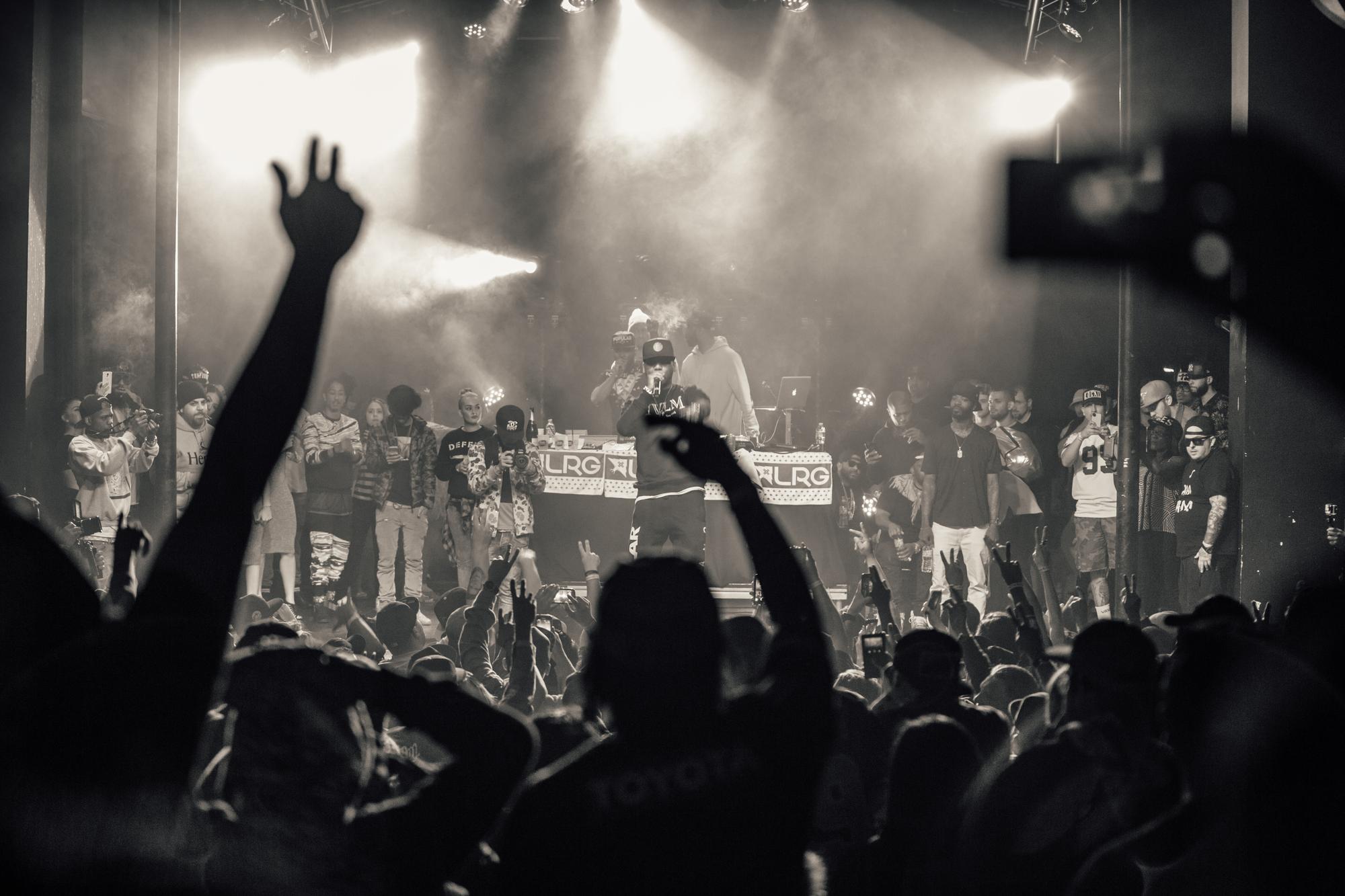When Dr. Dre released The Chronic on December 15, 1992, it didn’t just mark his solo debut—it redefined the sound and identity of West Coast hip-hop. Recorded after his departure from N.W.A and the turmoil at Ruthless Records, the album became a declaration of independence. With its smooth, funk-laden grooves, heavy basslines, and lush synthesizers, The Chronic introduced a polished new production style called G-funk, rooted in the samples of Parliament-Funkadelic and the rhythmic drawl of Southern California street culture.
Reinventing Hip-Hop Production
At a time when East Coast rap was dominated by hard-hitting beats and dense lyricism, Dre slowed things down, layering live instrumentation with precise mixing that set a new industry standard. Each track was meticulously crafted—songs like “Nuthin’ but a ‘G’ Thang,” “Let Me Ride,” and “Dre Day” flowed with cinematic confidence. The album was as much about sonics as it was about storytelling, painting vivid portraits of Los Angeles life in the early ’90s. Dre’s studio precision, aided by engineer Mel-Man and keyboardist Colin Wolfe, turned hip-hop production into an art form on par with Quincy Jones-level craftsmanship.
The Chronic also launched the career of Snoop Dogg, whose laid-back delivery perfectly matched Dre’s production. Snoop’s verses became a blueprint for the West Coast flow—cool, controlled, and effortlessly rhythmic. The album’s success propelled Death Row Records into a dominant force throughout the decade, reshaping the economics and aesthetic of hip-hop from underground expression to mainstream power.
A Soundtrack for an Era
Beyond its music, The Chronic captured the mood of post-riot Los Angeles—anger, resilience, and pride filtered through a haze of smoke and sound. The record’s sonic palette mirrored the city’s contradictions: sun-soaked and dangerous, euphoric yet defiant. Its album cover, modeled after the Zig-Zag rolling-paper logo, was more than clever design—it was a symbol. The imagery connected cannabis culture directly to hip-hop identity, turning weed from a niche vice into a lifestyle emblem.
Cannabis and Cultural Influence
Before The Chronic, marijuana references in mainstream rap were sporadic; afterward, they became central to hip-hop’s visual and lyrical language. The word “chronic” itself evolved—originally slang for high-grade cannabis, it became synonymous with quality, coolness, and cultural authenticity. Dre and Snoop didn’t just rap about smoking; they normalized and celebrated it, making cannabis a signifier of relaxation, rebellion, and creativity.
Their imagery—slow-rolling in lowriders, passing blunts, and chilling in the studio—helped frame cannabis as a communal ritual rather than criminal behavior. That portrayal rippled across pop culture, influencing fashion, slang, and even advertising. By the late ’90s, cannabis references had become staples of music videos, merchandise, and festivals. Decades later, Dre’s brand influence would resurface in the legal cannabis era, as “chronic” strains and products paid homage to his legacy.
Lasting Legacy
The Chronic won a Grammy for “Let Me Ride” and went triple-platinum, but its deeper achievement lies in shaping modern hip-hop’s DNA. It inspired producers from Kanye West to Kendrick Lamar, while its fusion of funk, melody, and storytelling set the bar for sonic excellence. The album also helped push cannabis dialogue into mainstream conversation—long before legalization efforts gained traction.
More than three decades later, The Chronic remains a timeless fusion of art, attitude, and advocacy. It didn’t just soundtrack a generation; it lit one.

